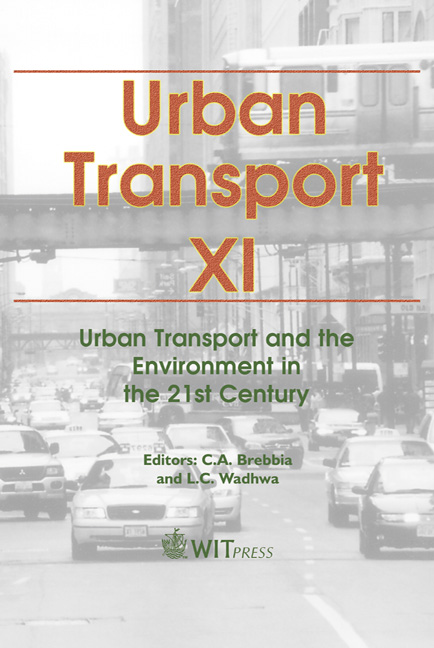Achieving Sustainable Transport And Land Use With Integrated Policies
Price
Free (open access)
Transaction
Volume
77
Pages
10
Published
2005
Size
446 kb
Paper DOI
10.2495/UT050351
Copyright
WIT Press
Author(s)
R. Macário, D. Carvalho & J. Fermisson
Abstract
With almost 80% of the citizens of the European Union living in urban areas, most transport related environmental and health problems occur in cities and surrounding areas. The spatial separation of human activities (namely through \“zoning plans”) creates the need for travel and goods transport. On the other hand, the transport system determines the accessibility to places making them more or less attractive for the location of business, leisure, shopping activities, housing, services etc. This complex set of inter-relations, that leads to the current unsustainable trends, is the main reason that justifies integrated LUT policies. Neither land use policies nor transport policies alone are sufficient to tackle current problems of urban mobility. However, achieving a pattern of sustainable transport and land use is a \“puzzle” that politicians and others involved in the LUT decision making process may solve by combining various elements: sound planning approaches and implementation of integrated land use and transport measures; identification and removal of barriers which hinder the implementation of those measures and the realisation of sustainability goals; adequate consideration of citizens’ and stakeholders’ views through participation. Learning from good practice experienced elsewhere and assessing the transferability of this to their own cities may help those who deal on a day-to-day basis with LUT issues to solve this puzzle. This paper highlights the main results from the TRANSPLUS project, which provide a synthetic overview on the main issues shaping LUT integrated policies in a range of 25 European cities, in the EU and acceding countries and have been compiled in the format of quality management guidelines.
Keywords





